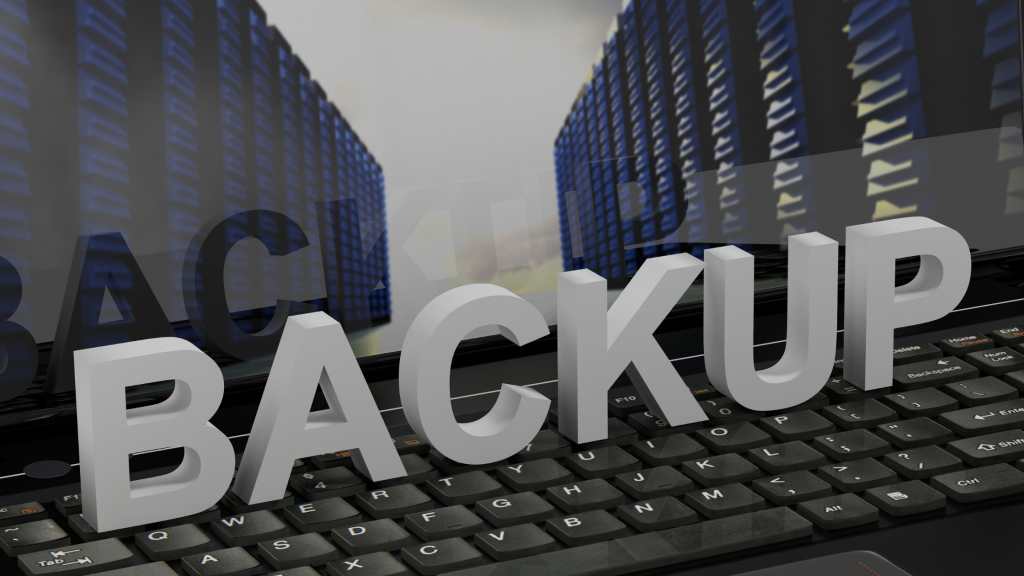
Actually, the Zettabytes (ZB) are already here. Imagine that in the early days of business networks, in the days when a Gigabyte (GB) was considered huge, the amount and size of data generated monthly could figuratively be stored in a cardboard box measuring 4’x4’x4’. As programs got larger and more complex and the requirements of data storage grew exponentially, that box grew at least tenfold by the turn of the century. In the 21 years since then, the size of data generated and needing storage grew at a much more rapid, geometric rate, to the point that the size of the imaginary cardboard box needed to store all the data would grow so big as to completely cover the entire state of Colorado and project upward into outer space.
That’s a big box. Fortunately we don’t store data in boxes, but just as the size and amount of data has grown, so must the digital storage that we need to keep it in. The standard models used in the past are being dwarfed by the growing storage requirements. The Servers and storage units used by cloud providers do take up a bit of space, and it has become increasingly evident that simply expanding these large facilities to house traditional storage devices will reach a breaking point.
Every aspect of network infrastructure has evolved, just as the internet allowed IT Support to move from the old ‘Break & Fix’ model, where the IT services person had to show up onsite for every issue, to the Managed IT services model, where over 90% of issues can be corrected remotely and quickly, and for data storage, the tipping point is fast approaching – but so are the remedies.
What is the latest technology of data storage?
Engineers are currently developing a number of Next Generation technologies to address the growing need:
Molecular Storage: Rather than the traditional circuits, magnetics, and inorganic materials for storage, this method would use molecular species, incorporating such mechanisms as photochromism and ‘charge’ storage.
DNA Storage: The double helix offers the potential for housing staggering amounts of data in DNA molecules – fairly inexpensive and easily retrievable. DNA storage is not a new thing, but to use it on this scale is what keeps the engineers at the drawing board.
Crystal Storage: It is the inorganic nature of crystals that give this technology an edge, and it is already being done. Scientists at the University of Southhampton in the UK successfully laser-encoded information inside crystals over 5 years ago, and state that data will last a billion years.
What are the benefits of backing up data?
This boils down into 5 key elements:
1) Quick access to files
2) Remedy for Ransomware attack / data breach
3) Mitigates hard drive and Operating System (OS) failure
4) Additional anti-virus protection
5) Safeguards against power failures
This is one of the most important areas of concern for any business. Data is the life’s blood of every enterprise, from law firms to manufacturing, yet rarely does a month go by that we are not contacted out of the blue by at least one company that needs help with a Ransomware attack.
As a longtime Managed IT Services provider, we know exactly what to do: while it’s a tad more complicated, the shorthand description is to shut down the compromised devices, wipe them clean and reinstall the data from backups. For any reasonably good IT support and services company, this should typically only take a couple of hours or so.
BUT: All too often, we get in there and find out that the state of reliable backups is either shoddy and haphazard or simply nonexistent, either ‘jerry-rigged’ by an employee who ‘knows some computer stuff’ or installed by a mediocre IT consulting service (yes, there is plenty of bad IT support out there). This is hard brick wall that too many businesses allow themselves to run into. What could have been a job of following a few time-proven steps turns into a forensic hunt. If you took a poll of members of the IT Support Los Angeles Community, they would all have horror stories of companies that face ruin because a few simple precautions were never taken.
With over 50% of businesses declaring bankruptcy within 6 months of a cyber-attack, one might think that CEOs and administrators would wise up, and as a Managed Services Provider, we are constantly surprised at how little concern some companies have for their Cybersecurity and Backup & Disaster Recovery options.
How many backups should you keep?
Just remember the 3-2-1 rule, although your own IT support and services team should insist on having these in place. Keep at least 3 copies of your data - 2 on a different device or storage unit and at least 1 copy that is unconnected to your operational network (in case a virus or Ransomware compromises the network). Without going into details on a subject that we have covered before, please review the basic overview and the three main options for reliable backups that are currently in use:
Backup & Disaster Recovery
Local Backup
Cloud Backup
Cloud to Cloud Backup
This is the best array of reliable backup tools in use today, but technology and IT support never take a nap, and the next generation of data backups are in the works. They have to be.
As businesses worldwide store ever-increasing amounts of data, what they call ‘The Era of the Zettabyte has begun. Every good Managed Services Provider has a keen eye on the technology developing to accommodate these massive storage requirements.
How much data is a zettabyte?
Remember back in the early days, when a 6 or 8 Gigabyte (GB) hard drive was state of the art? Back then, people still measured data in Kilobytes (KB), which is about as much data as a paragraph in a text document. We still do measure things like email attachments in terms of Megabytes (MB = 1,000 KBs), but as far as data storage is concerned, even the Gigabyte (1,000 MBs) is puny and fairly irrelevant now. The average end user now traffics in Terabytes (TB = 1,000 GBs). Skipping over the next 2 steps, the Petabyte (PB = 1,000 TBs) and the Exabyte (EB = 1,000 PBs), we arrive at the Zettabyte (ZB), which is a TRILLION Gigabytes).
The amount of data represented in a Zettabyte has been described as being: “As much information as there are grains of sands on all the world’s beaches”.
What to do now:
Talk to your IT support, whether it’s a Managed Services Provider or any type of IT consulting service. Find out what they are doing to backup your data, and if you are not yet backing it up to the cloud, do so immediately.
“Knock knock”
“Who’s there?”
“The future.”
“The future who?”
“The future that’s already here. Are you ready?”


